Introduction

TTArtisan has produced several affordable and well-regarded manual lenses in recent years. Now, they’ve introduced their first full-frame autofocus lens: a 75mm f/2, available for Sony E and Nikon Z mounts at a budget-friendly price of $178. Lenses in the 50mm to 85mm range are typically known for their strong optical performance, and this focal length is particularly well-suited for portraiture and general-purpose photography, offering a slightly tighter field of view than a standard 50mm. The 75mm f/2 allows for excellent subject isolation while maintaining enough background detail to keep the blur subtly recognisable. Let’s dive into its strengths and weaknesses!
![]() I tested this lens on a 46 Mp Nikon Z7ii (Sample images were taken with a Nikon Zf)
I tested this lens on a 46 Mp Nikon Z7ii (Sample images were taken with a Nikon Zf)
 You can see this review as a YouTube video here!
You can see this review as a YouTube video here!
Sample Images

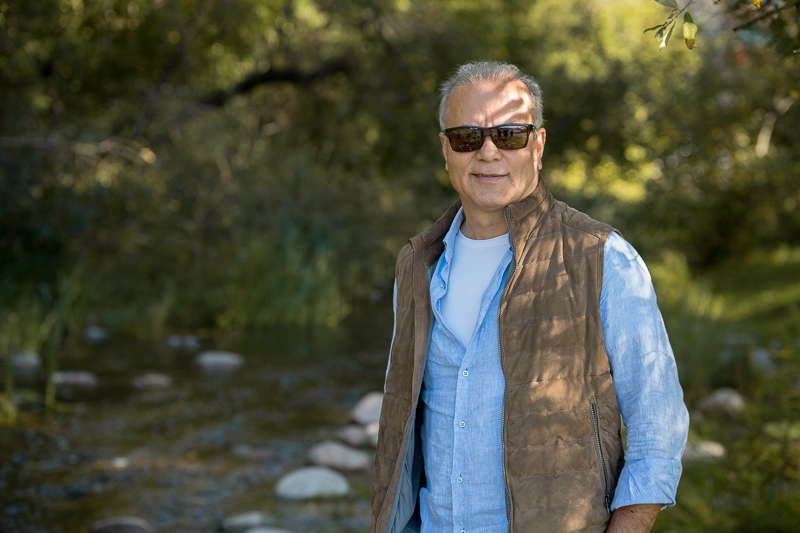
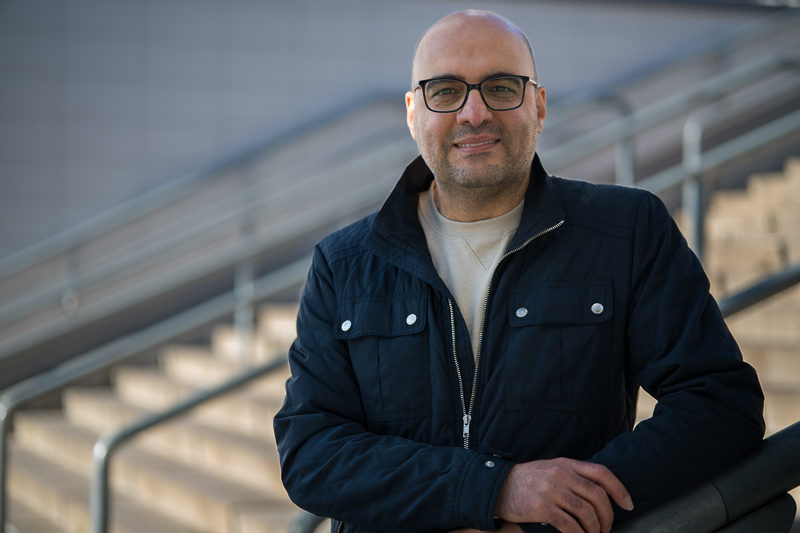
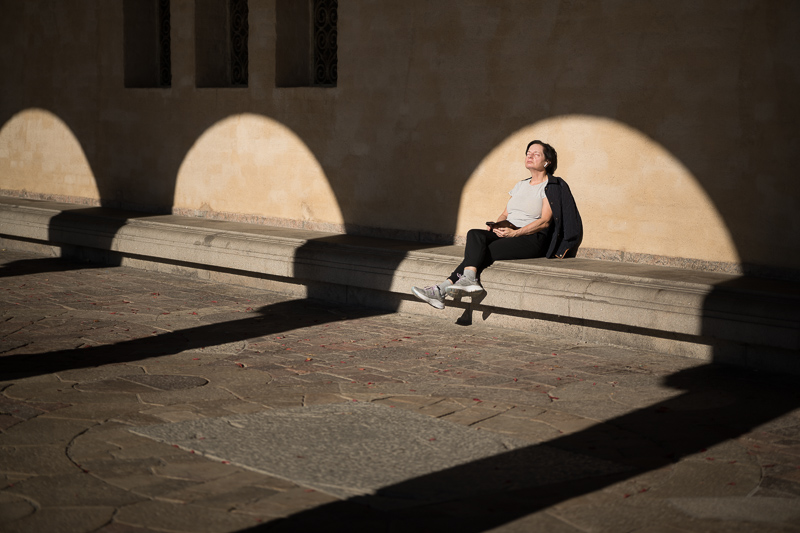
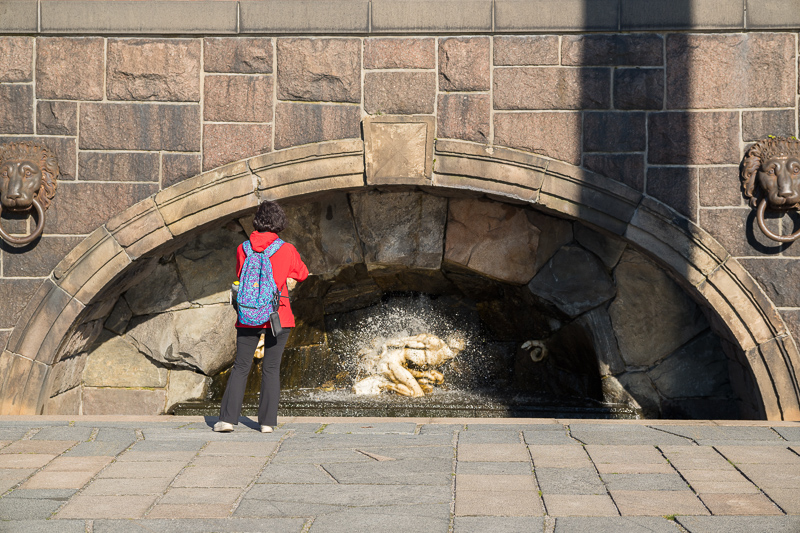
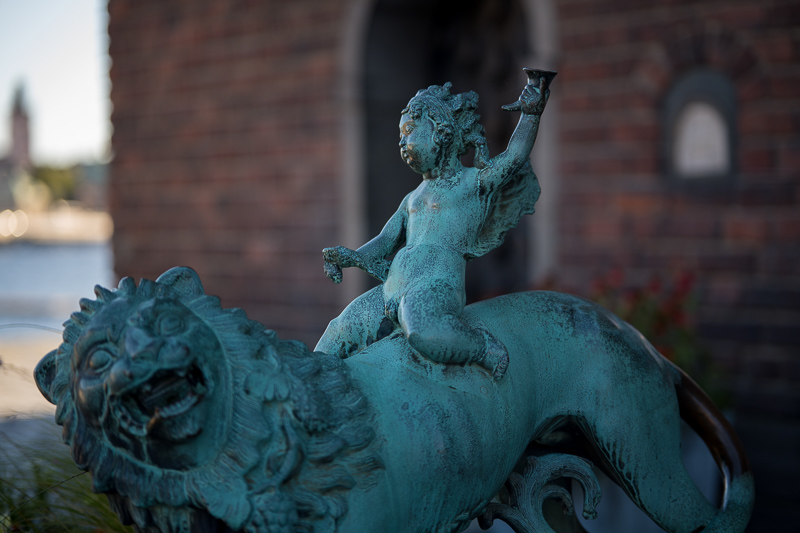




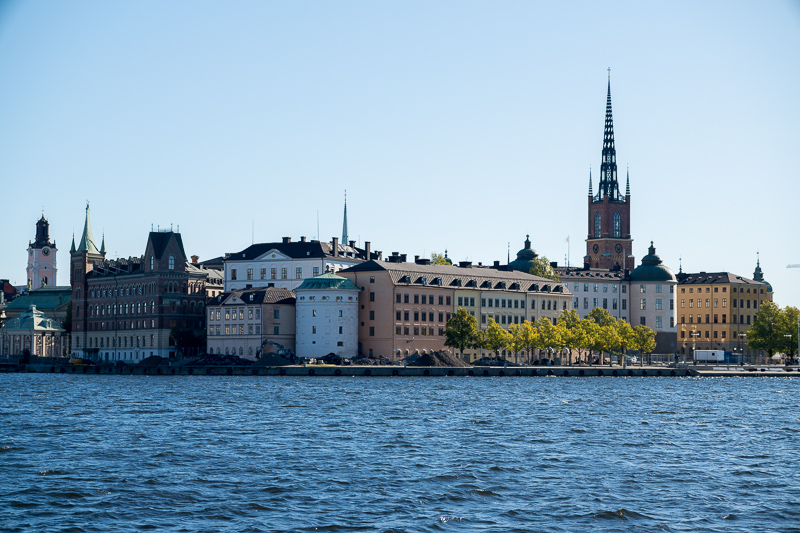
Most of the sample images in this review and many more can be found in higher resolution here.
Specifications
| Focal Length | 75mm |
| Angle of View | 32° |
| # of Aperture Blades | 9 |
| Max Aperture | f/2 |
| Min Aperture | f/16 |
| Min Focus Distance | 0.75 |
| Filter Size | 62 mm |
| Lens Mount | E / Z |
| Weight | 328 – 340 g |
| Size (D x L) | 66 x 80 mm |
| Elements/Group | 10 / 7 |
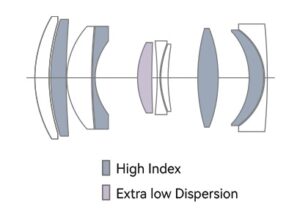

| Buy new: TTArtisan Store for $178 (Affiliate links) Amazon (anywhere) $199 (Affiliate links) |
Disclosure
TTArtisan kindly provided this lens for test and review purposes.
Handling
This TTArtisan, like almost all TTArtisan’s lenses, seems to be built completely in metal. The build quality seems to be solid and it feels quite compact for a 75mm lens. it doesn’t feel to be heavy, but not light either at about 330 g. There is no weather sealing or image stabilisation built into the lens.
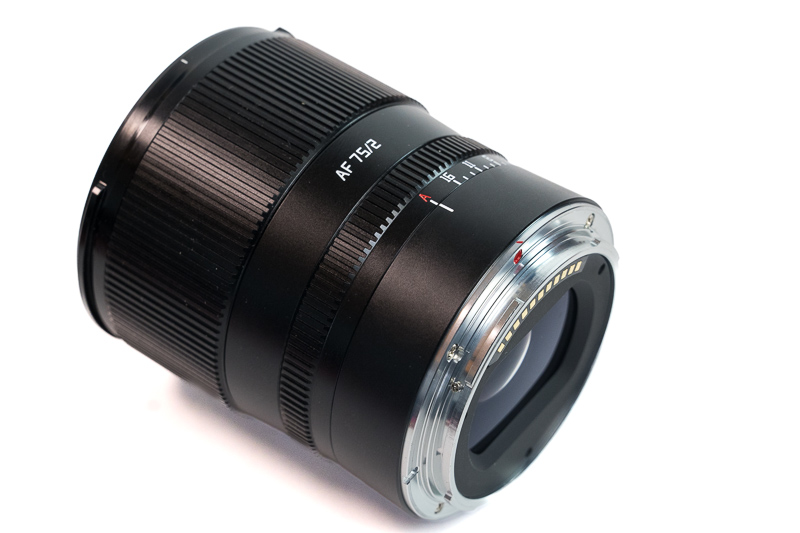
There are no control buttons on the lens but there is an aperture ring, which turns nicely and clicks at every third of an f-stop with an “A” for automatic position, where aperture setting can be controlled from the camera.
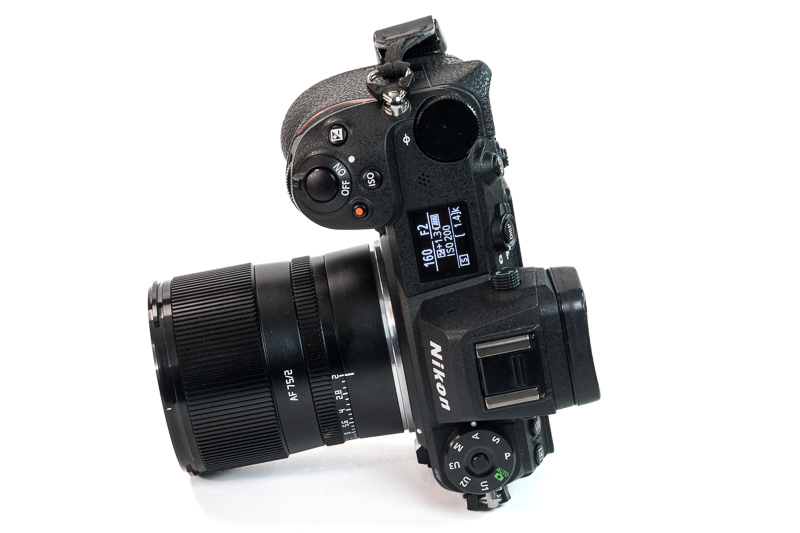
In front of the aperture ring, you’ll find a generously sized metallic focusing ring that turns smoothly and feels highly responsive. The focus ring can be customised to control focusing, aperture, exposure compensation, or ISO sensitivity, or it can be switched off entirely. The autofocus is quiet and accurate, though it’s not among the fastest and may occasionally hunt to nail the focus from time to time.

The lens has a 62 mm filter thread and comes with a front plastic clip-on lens cap. You will also get a basic plastic lens hood with an unusual square shape. The rear lens cap has a USB-C port, which also works as firmware upgrade dock.
Optical Features
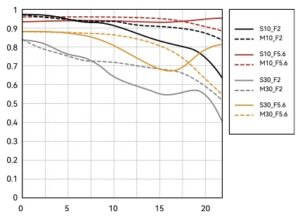
The lens construction includes 10 glass elements in 7 groups with 4 high index elements and one extra low dispersion lens. The MTF chart shows good centre sharpness and very good overall contrast.
Sharpness (Infinity)
For the infinity sharpness test, we look at three areas of the image, centre, mid-frame, and corner, see highlighted areas in the image below!
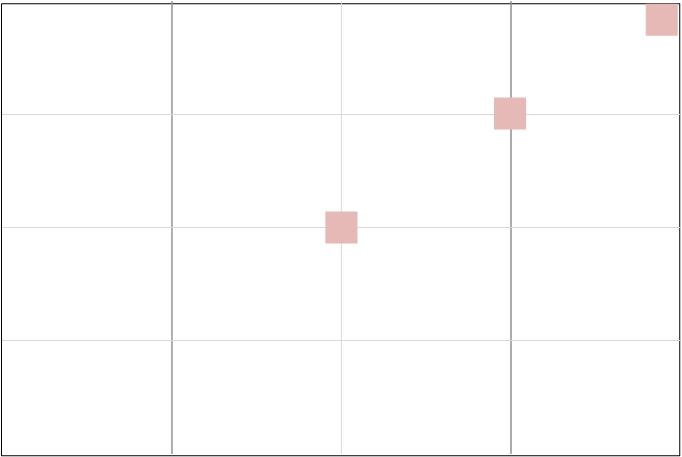

Wide open at f/2 the centre and midframe sharpness is very good, and the corner is good but a bit dark due to vignetting.
Stopping down to f/2.8 improves sharpness slightly and at f/4 we excellent sharpness in the centre and midframe and the corner becomes very good.
The lens keep the same level of sharpness until f/16, where diffraction lower the sharpness a little but it is still very good.
Sharpness (Portrait)
Let’s look at the points of interest for portraits at the portrait distance: the very centre, the centre’s inner periphery (1/3 rule intersection), and the centre’s outer periphery (1/4th intersection).

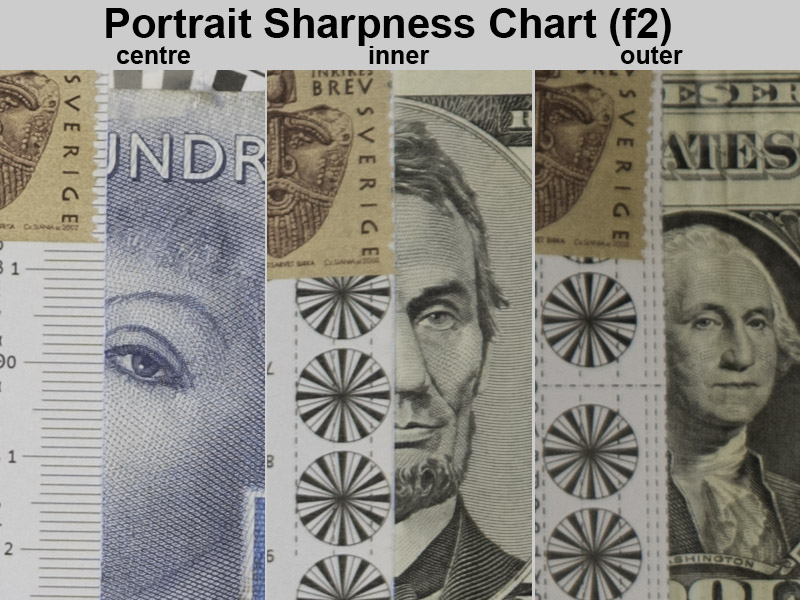


At f/2 we have excellent sharpness in the centre and inner circle and very good in outer circle. Sharpness improves at f/2.8, which seems to be the peak sharpness performance at this distance
Sharpness (Close-up)
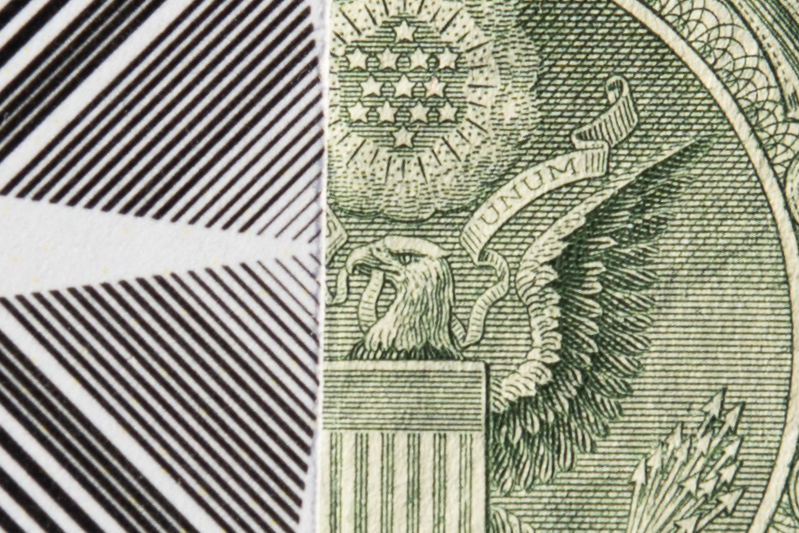
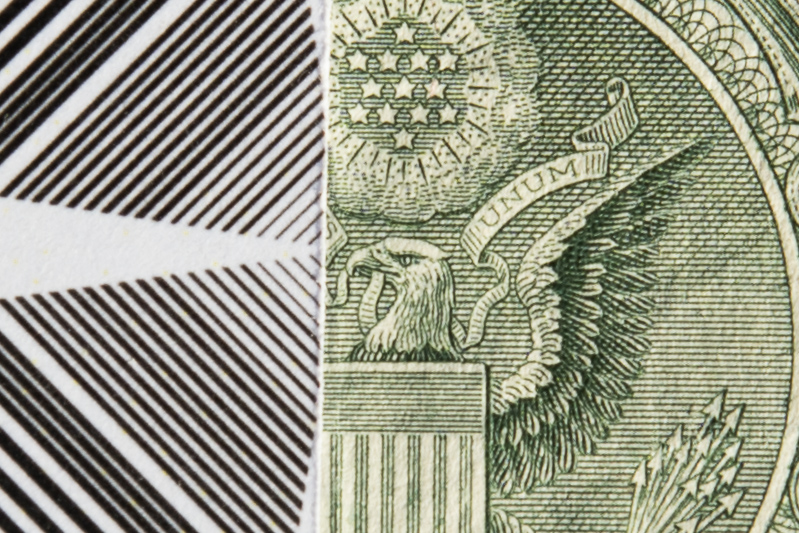

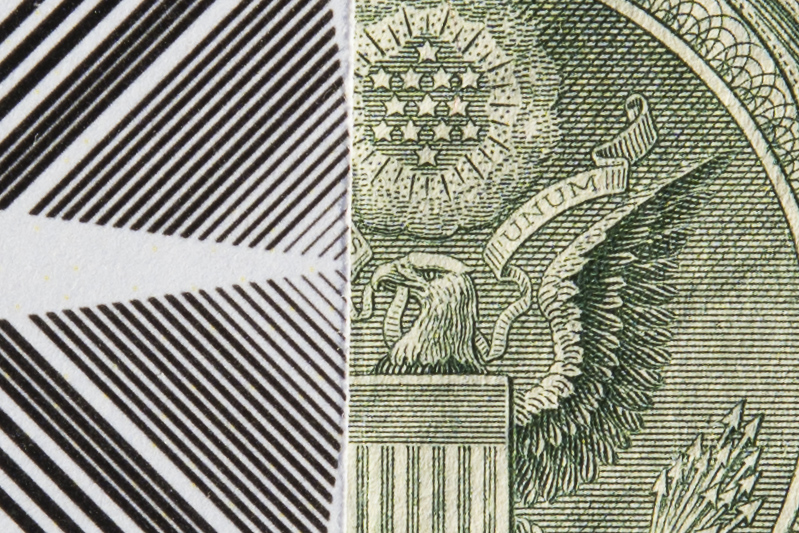

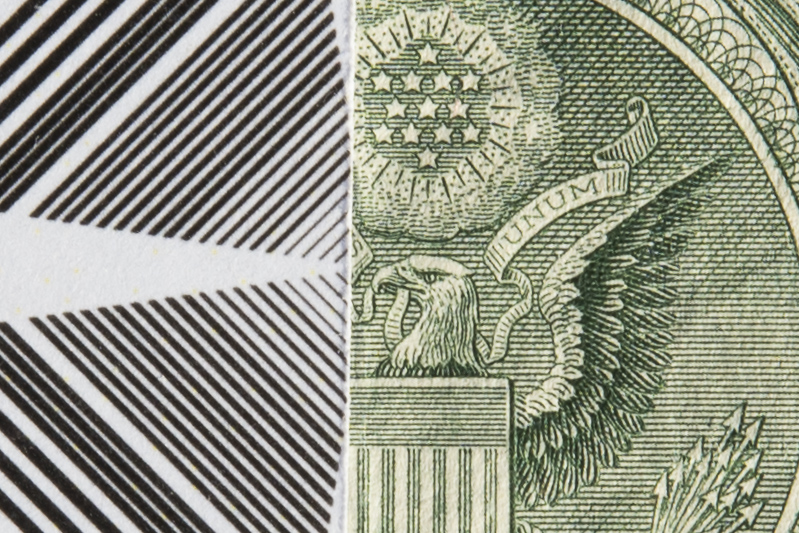
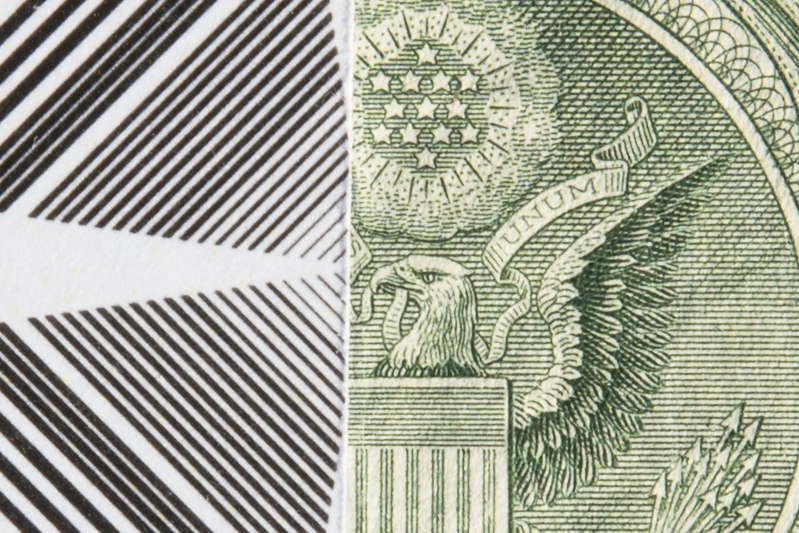
The sharpness near the minimum focusing distance is not as good as at longer distances, but it is not bad at all. At f2 it’s good, at f/2.8 very good, and at f/4 it becomes excellent. Diffraction shows itself already at f/8, where the sharpness begins to deteriorate and becomes more obvious at f11 and even more at f16.
Lens Distortion
The lens has some pincushion distortion, which could be beneficial for portrait work, otherwise it can easily be fixed in post.
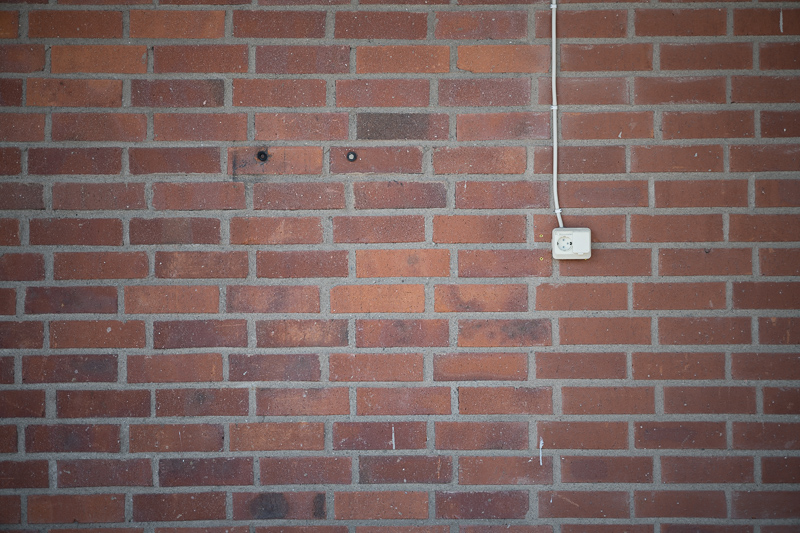
Vignetting
The TTArtisan 75/2 shows a relatively high light falloff at f/2, it is moderate at f/2.8, and low at f/4. At f/5.6 it is negligible. This is an average performance for a lens with this focal length.

- F/2.0: 2.1 EV
- F/2.8: 1.8 EV
- F/4.0: 1.4 EV
- F/5.6: 0.8 EV
- F/8.0: 0.4 EV
Focus Shift & Aberrations
The suffers from a mild Longitudinal chromatic aberration, which makes that you can see colour fringing on the edges of high contrast shapes. While it becomes less when you stop down, it does not go away completely. Although, as mentioned, it is low and in most cases will not be noticeable.
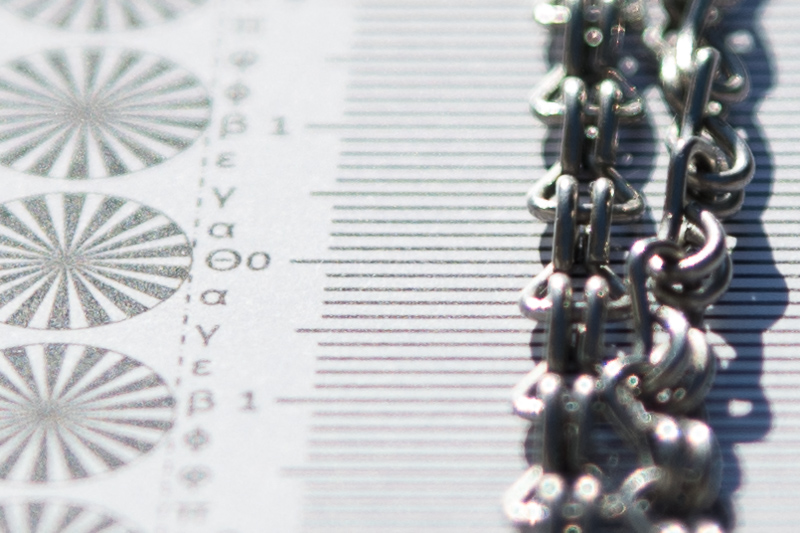

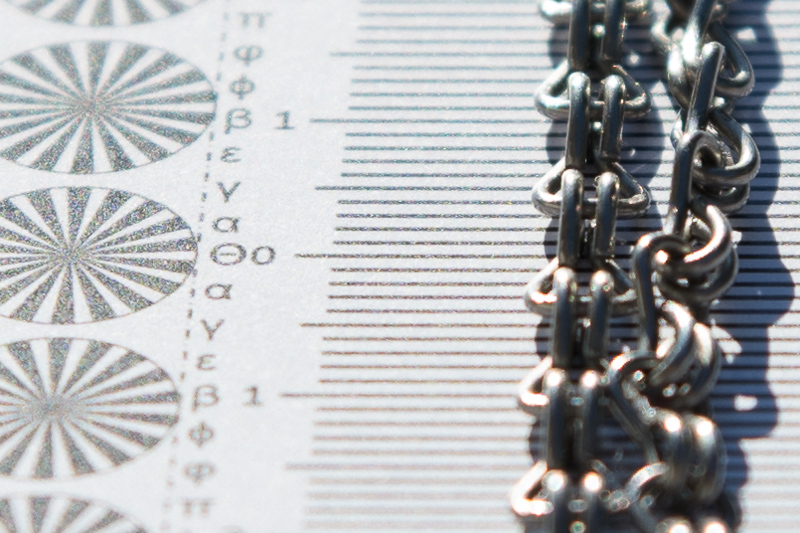
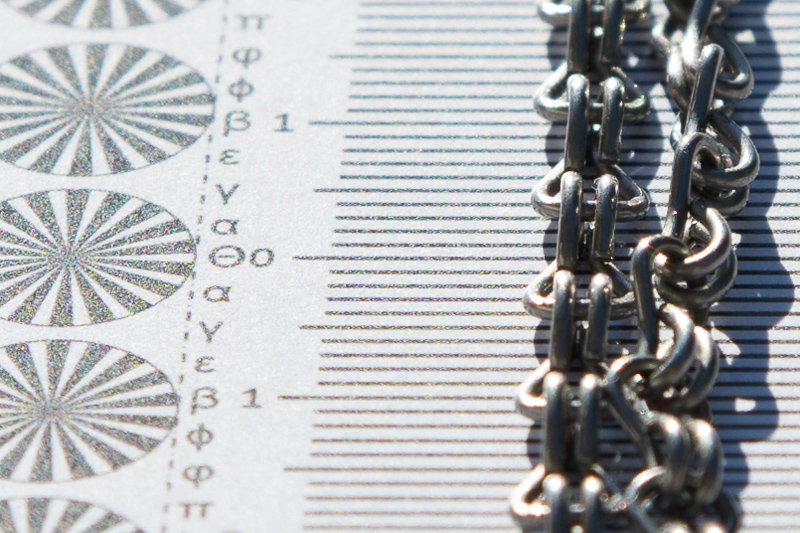
There LaCa is very well controlled and there is nothing to be worry about here.

Flare Resistance
Well, flare resistance is definitely not this lens’s strongest feature—it’s TTArtisan’s nemesis. It’s best to avoid including the sun in the frame or near the edges.
Coma
The lens suffers from some coma but it is irrelevant for this lens as it is not a lens that many would use for astrophotography. These are 100% crops of the corner from a 46 Mp image.
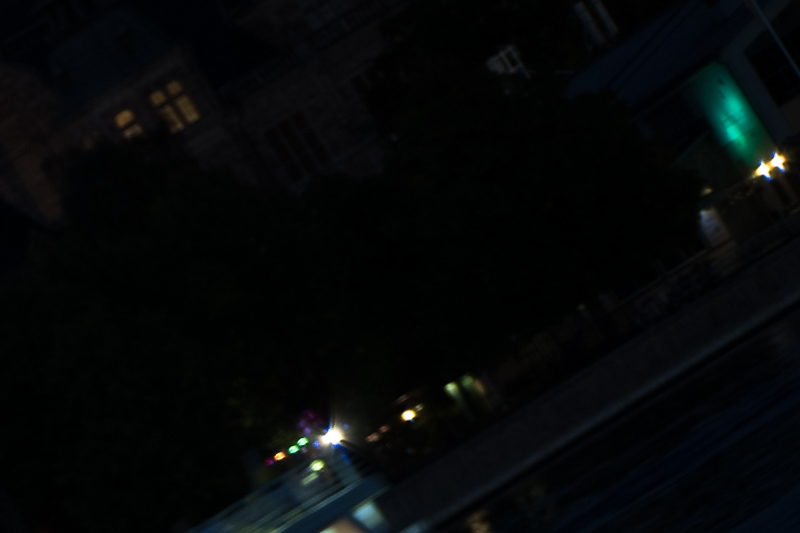

Sunstars
To get well-defined sunstars you have to stop down to f/16. Even then the sunstars do no have evenly long rays.

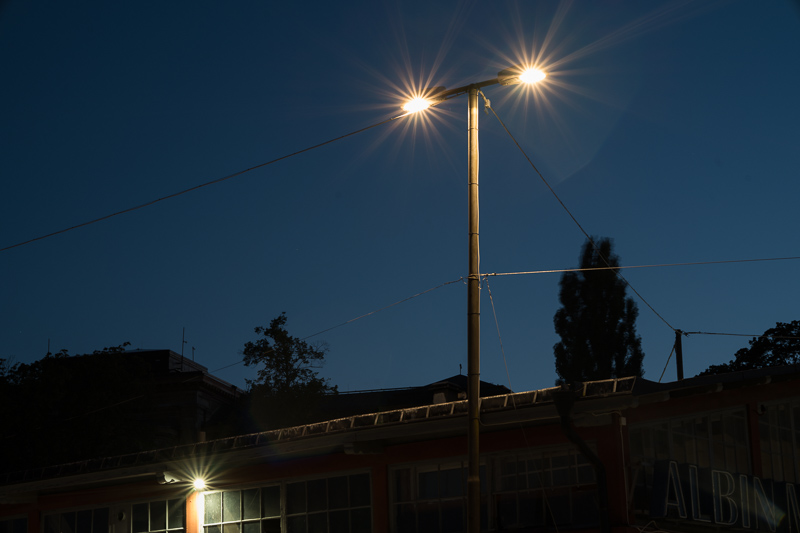
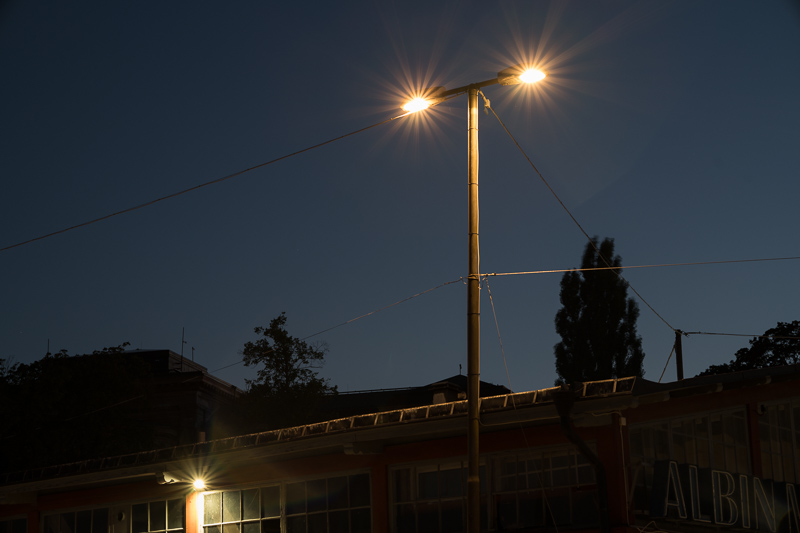
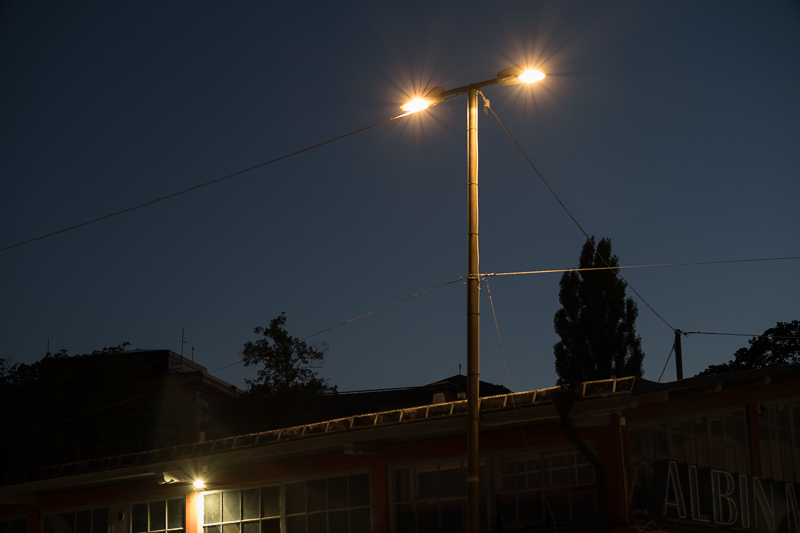
Focus Breathing
This 75mm lens suffers from heavy focus breathing, which can be an issue for video makers.
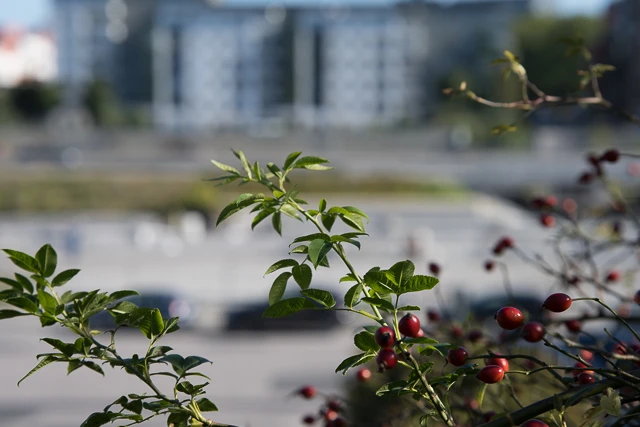
Bokeh
Possibly this lens’s second most important characteristic. The bokeh exhibits a slight cat’s eye effect in the corners, but it remains unobtrusive. There are no onion rings visible in the bokeh balls.
Overall, the background blur is smooth and pleasant in most situations. However, it can become just averagely smooth when the background has high contrast or features very bright specular highlights. At f/2, it’s easy to dissolve the background, creating strong subject separation. The bokeh performs very well, except in more complex or challenging background scenarios, where it is generally just above average.
Short Distance
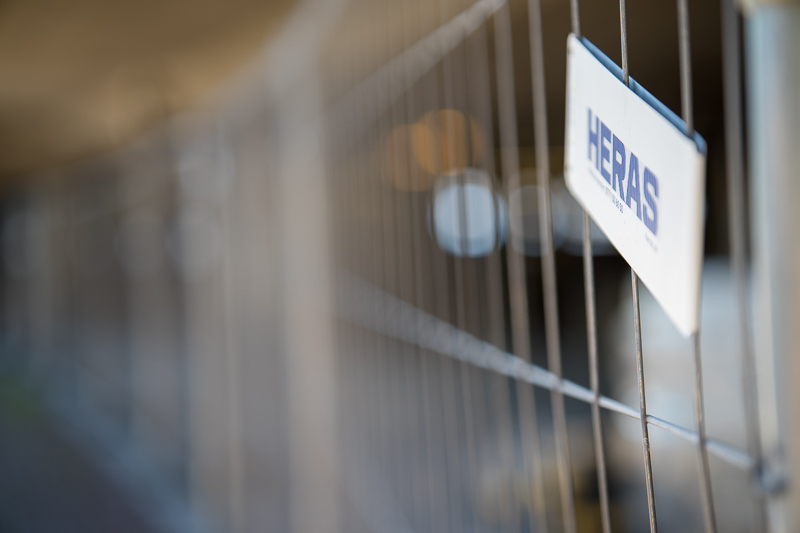

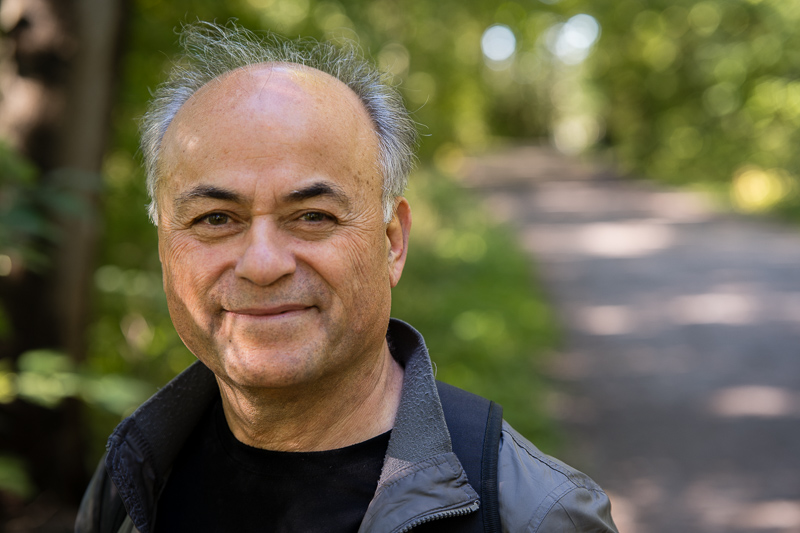


Medium Distance



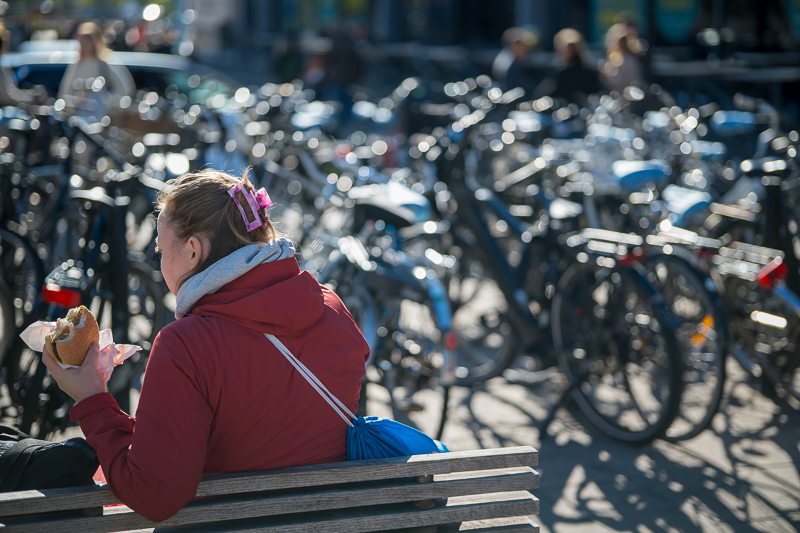
Long Distance
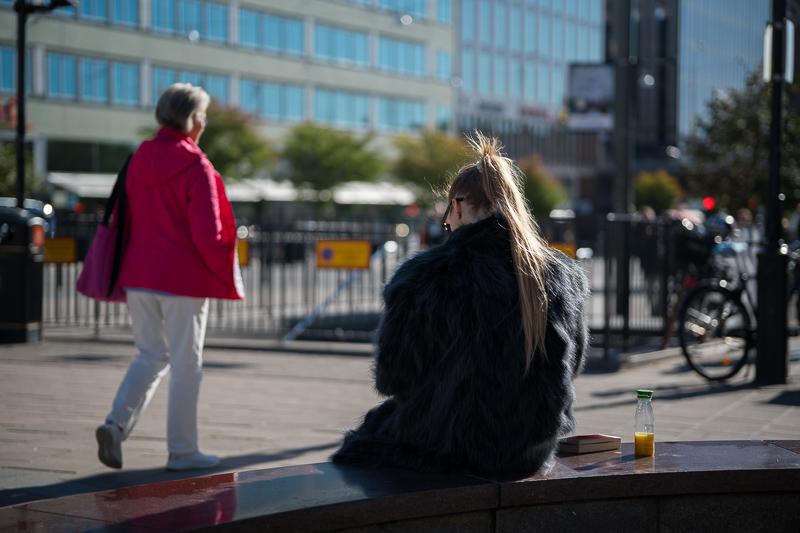
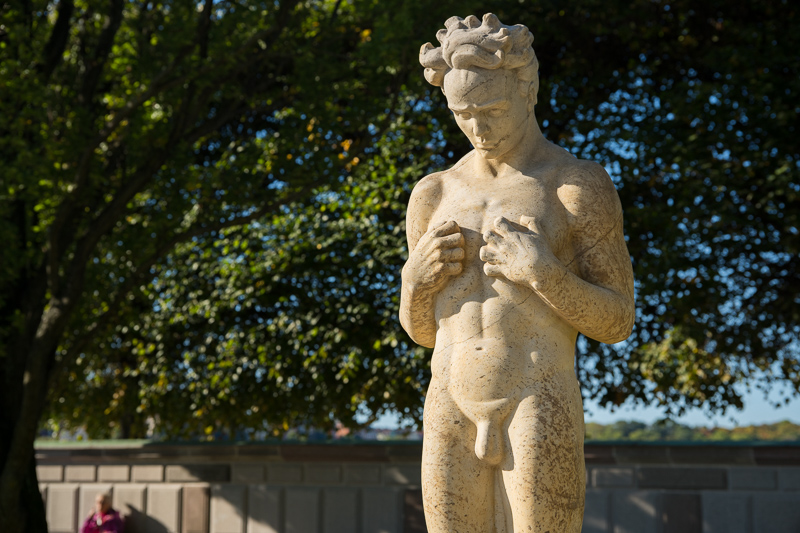
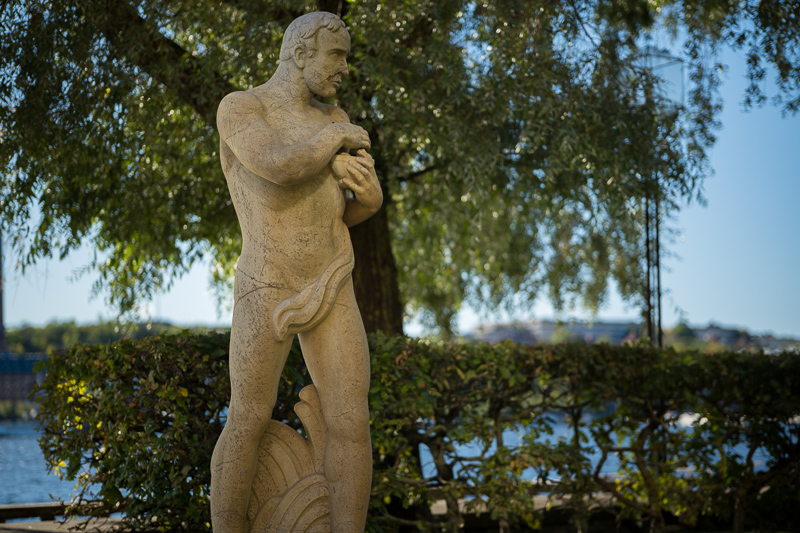

Conclusion
| I LIKE | AVERAGE | I DON’T LIKE |
| Price Sharpness Size |
Distortion Coma Vignetting Autofocus |
Focus Breathing Sunstars Flare resistance |
This lens is highly affordable, offering excellent value without breaking the bank. Despite its low price, the build quality feels solid, and the optical performance is impressive for what you pay. However, I found the autofocus could be improved, and it would benefit from better flare resistance. That said, its compact size and versatile focal length make it a practical and convenient option. If you’re looking for a good portrait lens on a budget but don’t want to sacrifice too much in terms of quality, this lens could be the perfect choice.
Writing articles like this one is both time-consuming and costs us a lot of money. If you found this article helpful and decided to buy one of these lenses, please consider using one of the affiliate links.
If you are not interested in buying any of the lenses, but you still found this article useful, interesting, or it saved you a lot of money, treat us to a coffee (donate)!
| Buy new: TTArtisan Store for $178 (Affiliate links) Amazon (anywhere) $199 (Affiliate links) |
Alternatives
Voigtländer VM 75mm 1.9 Ultron
Fully manual, excellent build quality, about the same speed, but much smaller and lighter at 230 g. As best it is as sharp as this TTArtisan, flare resistance is a little better, vignetting and distortion at about the same level. It is 2.5 times more expensive than this TTArtisan.
Buy new: Amazon (anywhere) for $599 (Affiliate link)
Voigtländer VM 75mm 1.5 Nokton
2/3 stops faster, Manual focus only, about the same sharpness, better flare resistance and somewhat better distortion but different. Color fringing is a little worse, but much nice sunstars. It is a little smaller and lighter than this TTArtisan but marginally. It is 4.5 times more expensive though.
Buy new: Amazon (anywhere) for $899 (Affiliate link)
Leica 75mm f/2 Summicron-M Aspherical
Same speed, manual only, but a Leica and about 23 times as expensive
Buy new: Amazon (anywhere) for $4529 (Affiliate link)
Leica M-Summilux 75mm 1.4
Manual focus, 1 stop faster, excellent build quality. Good bokeh, vignetting and CA about the same as this TTArtisan. coma and vignetting about the same as here. A leica and the price there after.
Buy new: Not available
Buy used: eBay.com, eBay.de for ≈$4000 (Affiliate link)
7Artisans 75mm 1.25
Fully manual, nice build quality, not much larger than this TTArtisan but about double as heavy. It is about 1.5 stops faster, that’s about 3 times more light, very nice bokeh and sunstars, and better distortion control, flare resistance is about the same as here, but a little more vignetting. A little more than twice the price though.
Buy new: Amazon (anywhere) for $469 (Affiliate link)
More Sample Images

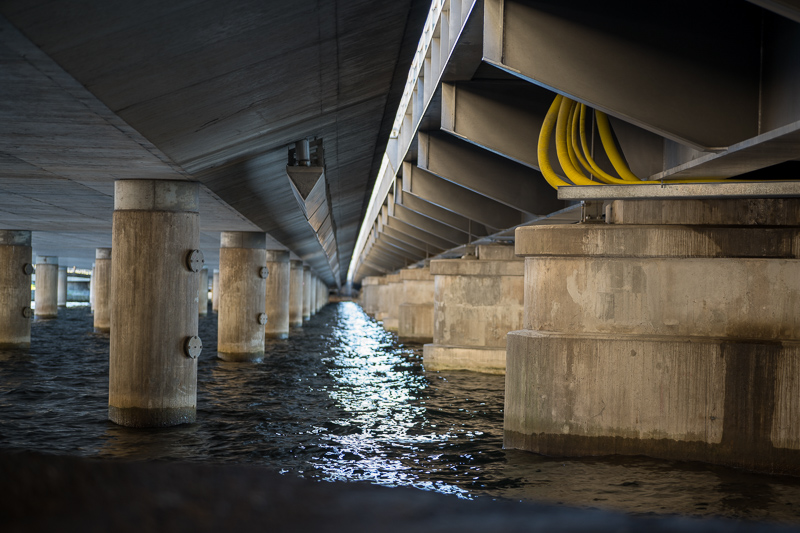
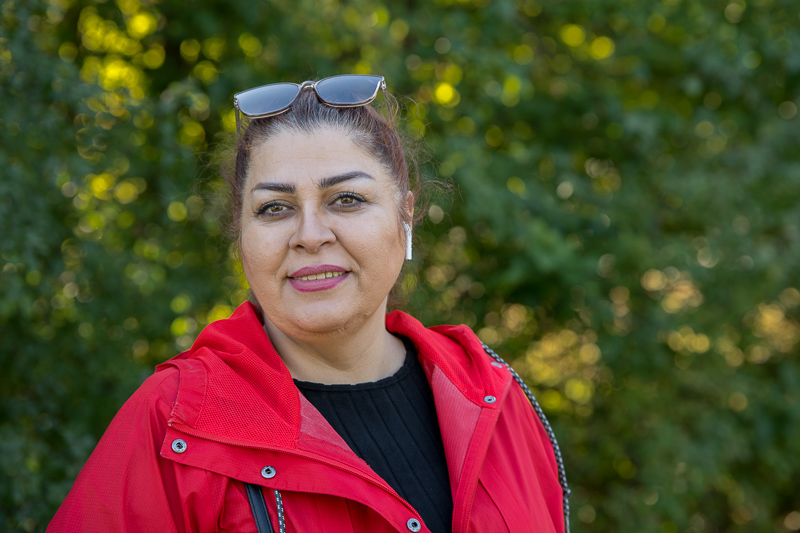

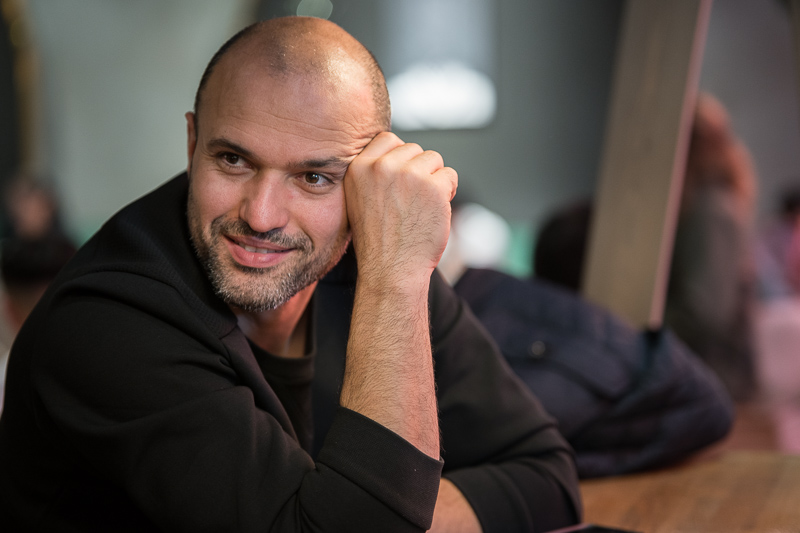
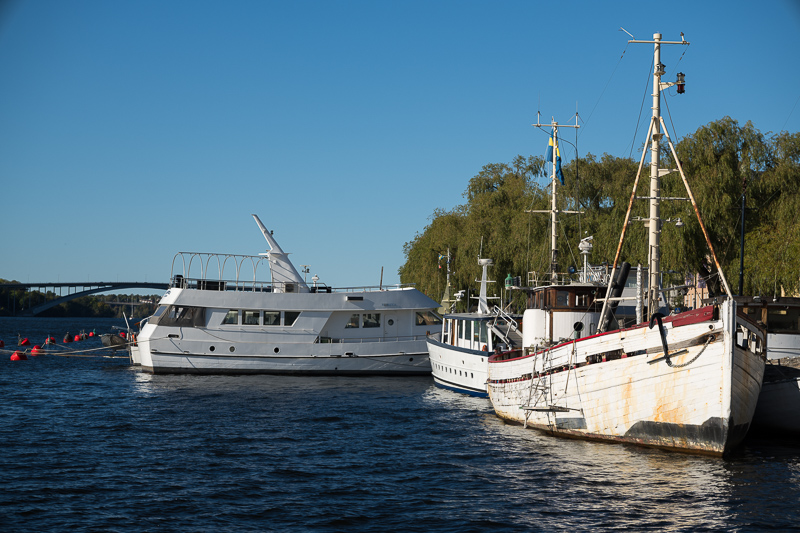

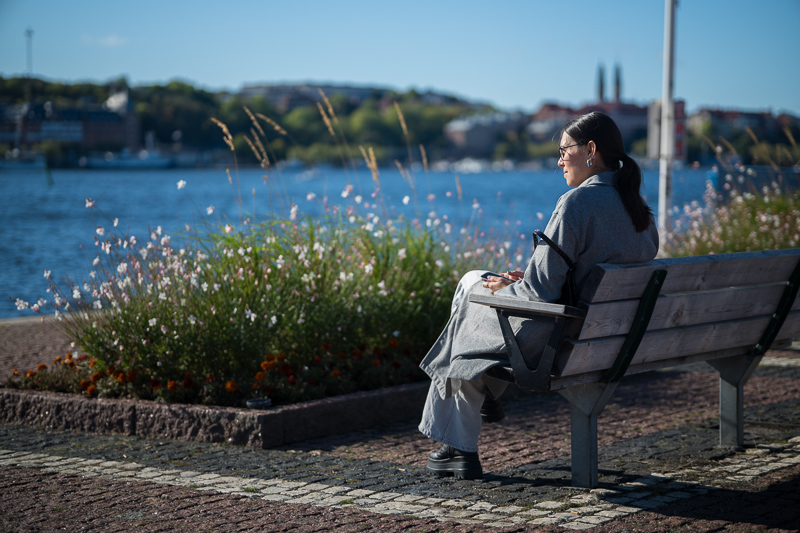





Nikon Zf | TTArtisan 75mm f/2 | f/2Most of the sample images in this review and many more can be found in higher resolution here.
Further Reading
- What camera gear and accessories do I use most frequently?
- Review: TTArtisan 75mm f/1.5 – A Modern and Affordable Zeiss Biotar 75/1.5?
- Review: Viltrox AF 85mm f/1.8 Z
- Review: 7Artisans 75mm 1.25
- Leica M Summilux 75mm f1.4
- Review: Voigtländer VM 75mm 1.9 Ultron
- Review: Voigtländer VM 75mm 1.5 Nokton
Support Us
Did you find this article useful or did you just like reading it? It took us a lot of time and money to prepare it for you. Use the Donate button to show your appreciation!
![]()

(Donations via Paypal or bank card)
What’s in my camera bag? MY 2024 KIT!!
- Main camera : https://amzn.to/3TsGtKg
- Camera grip : https://amzn.to/4e0G3CR
- Memory Card 1: https://amzn.to/47pA20i
- Memory Card 2 : https://amzn.to/3XHYxlZ
- Camera 2 : https://amzn.to/3Xifou8
- Camera grip: https://amzn.to/4dYYpV9
- Memory card 1: https://amzn.to/4e5h2H0
- Memory card 2: https://amzn.to/3zu7W7n
- Small travel tripod: https://amzn.to/4goIX68
- Mini tripod: https://amzn.to/4e09XXX
- Small shoulder bag: https://amzn.to/47tPMiY
- Medium shoulder bag: https://amzn.to/4ej4bjY
This site contains affiliate links, for which I may receive a small commission if you purchase via the links at no additional cost to you. This helps support the creation of future content.
Martin
Latest posts by Martin (see all)
- Analogue Photography: Part 4 – Ilford HP5 Plus at a Historical Engine Factory - December 3, 2025
- REVIEW: 7Artisans AF 10mm f/2.8 (APS-C) - November 30, 2025
- REVIEW: 7Artisans AF 35mm f/1.8 - October 15, 2025
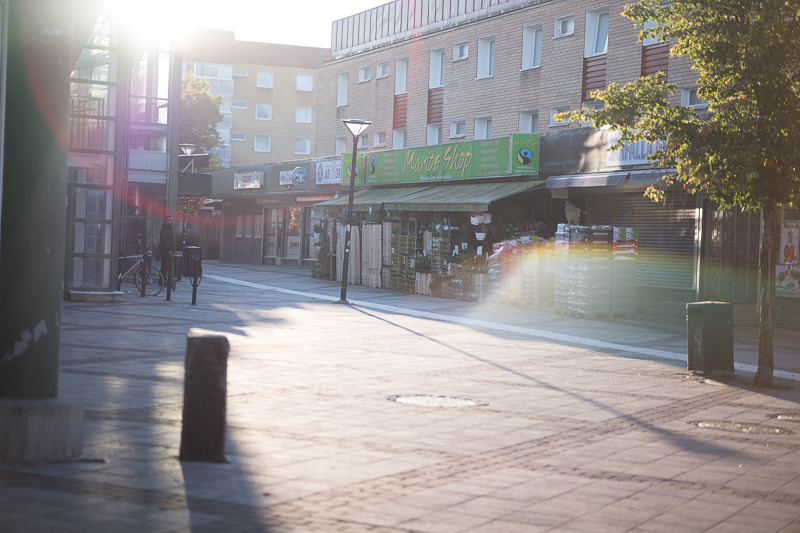
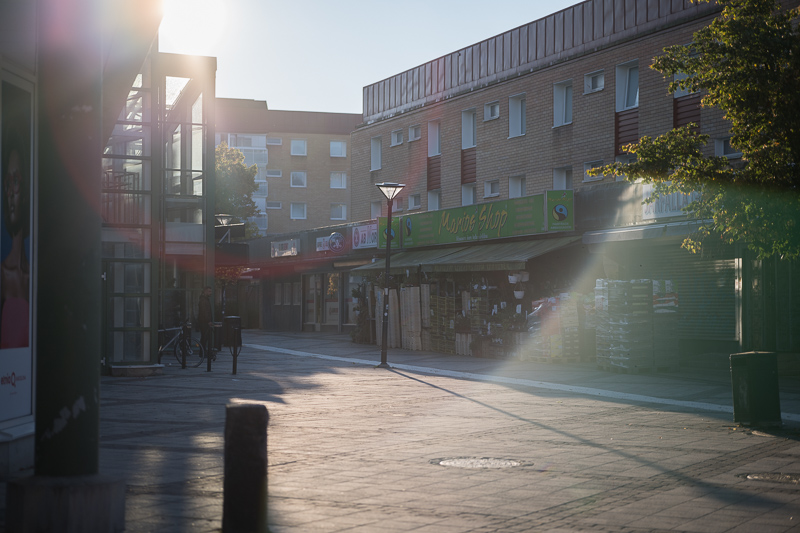
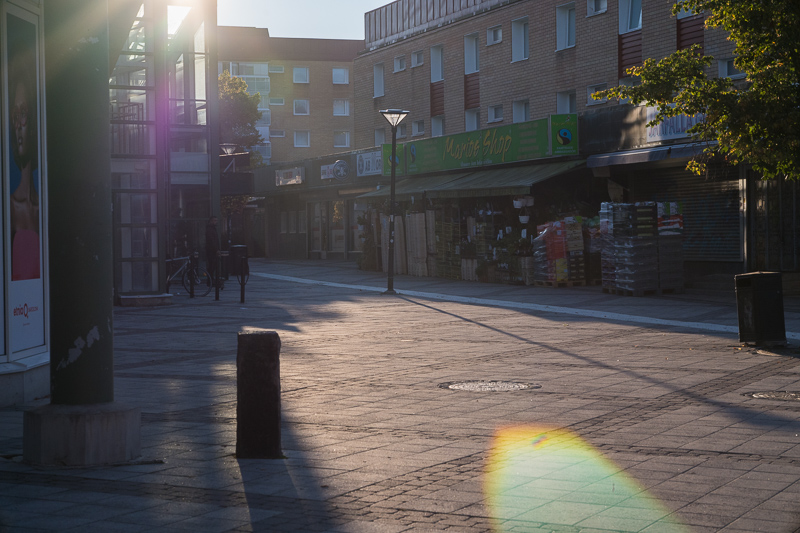
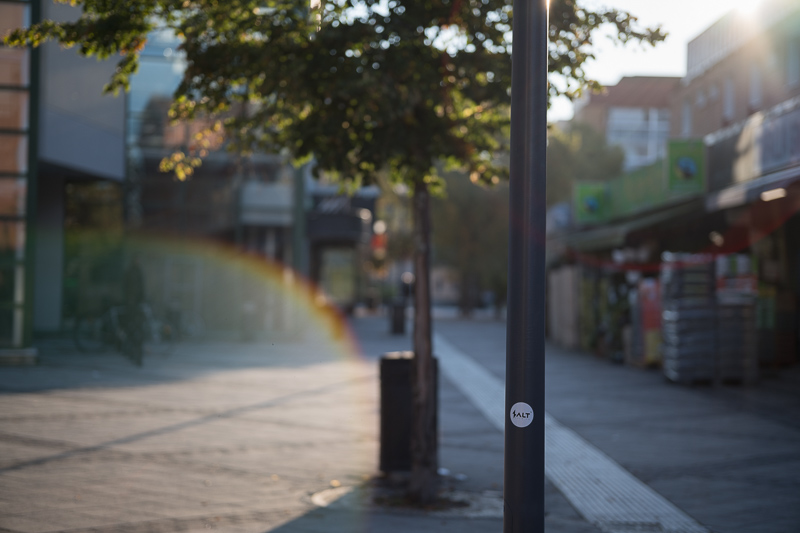
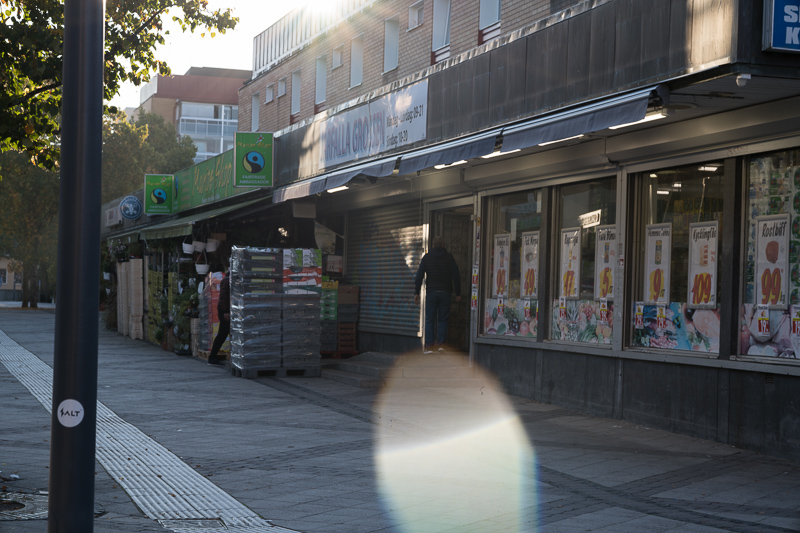
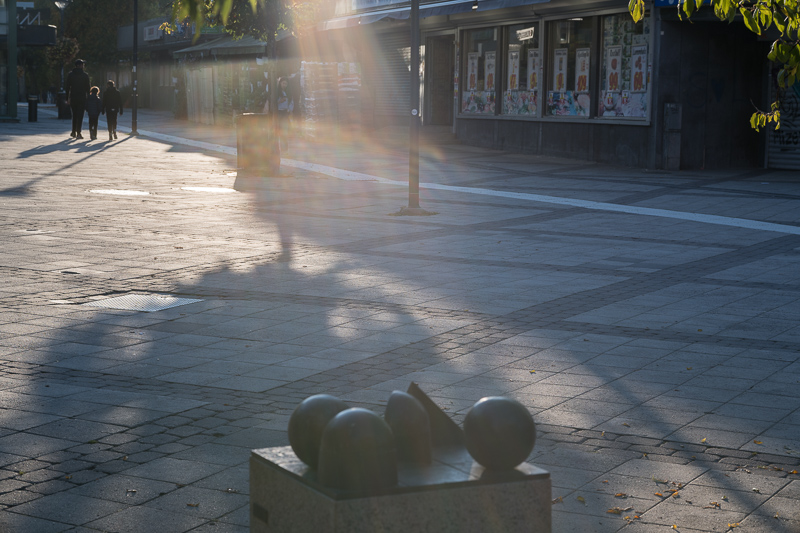
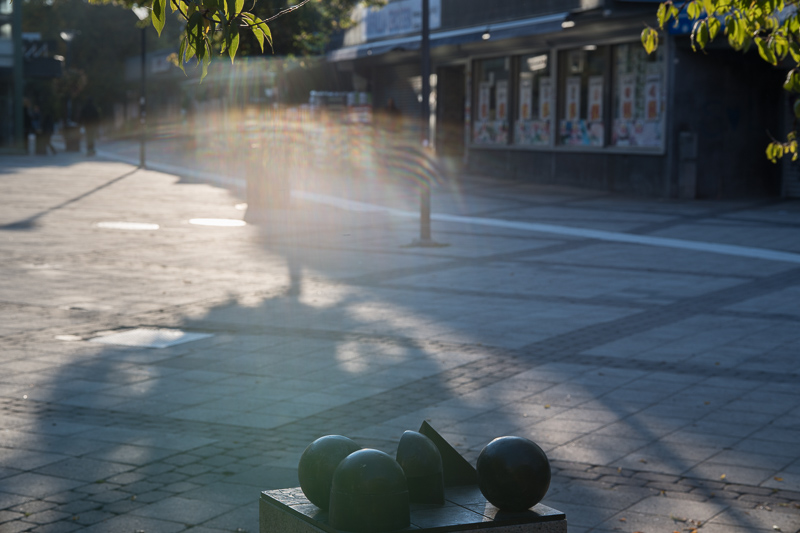
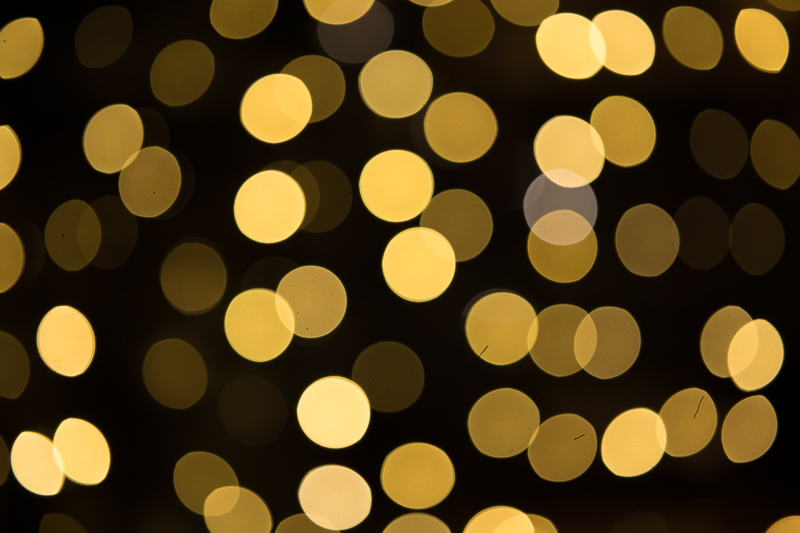

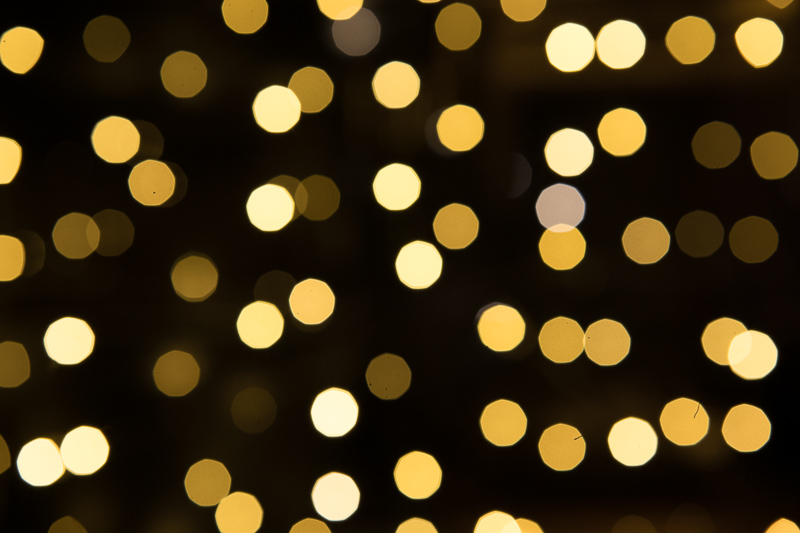
How does this lens compare sharpness-wise with the Samyang AF 1,8/75mm?
Also, coma here seems to get worse from F/2 to f/2.8
which I had never seen before.
This lens is definitely sharper than the Samyang, especially in the midframe and corner. Have a look at the sharpness chart for the Samyang in our earlier review here:
https://phillipreeve.net/blog/review-samyang-af-75-1-8-fe/
Regarding coma, this lens suffers from some astigmatism at f2, which compensates for the coma, at 2.8 the astigmatism is noticeably reduced, why coma shows itself more clearly. TTArtisan seems that had gone all in for sharpness and made this lens very sharp and seems to have sacrificed some other aspects.
Indeed, as you wrote in your Samyang review, with Samyang it’s a sort of lottery, because of the high sample variation. I too had to return the first copy I bought; the one that I currently have seems to be really sharper at mid-frame than the one you tested (I can’t speak for the FF corner because I’m only APS-C).
AF speed differences would worry me more than small sharpness differences on the edge of the frame when wide open tbh, my SY 75/1.8 is more than sharp enough for portraits from f2-2.2 on and plenty sharp for landscapes at f5.6-8, and it’s AF hasn’t let me down when I’ve used it at concerts or for sports events (when nothing longer is allowed)…
I’d almost be tempted to switch to the TT 75/2 for the build and aperture ring alone (I do use the focus ring as an aperture wheel on the SY since I pair it with my 20G & 35GM), but not if it’s a step back in AF… That seems harder to compare tho, as usual. I do like the shor-ish square hood of the TTArtisan, and the rendering.
As you say it is difficult to compare the AF speed unless you do it side by side. It is very possible that this TTA doesn’t let you down either, but you cannot be sure before you test it.
I think I might just give it a try TBH, it’s priced low enough that it’s not a big gamble at all! The 62mm filter threads would also be less awkward when adapting to the 67mm filters that I use with all my other large primes (and zooms for that matter).
It would have taken some more lens-elements or an expensive high quality well grinded (mold) aspherical element to correct coma and astigmatism while retaining sharpness… probably at the cost of bokeh (onion rings)
optics = optimizing with a certain amount of elements and different glasses vs weight / costs vs micro contrast et cetera. If I look at the tests and lensdiagram they did very well.
Really excellent budget option! Impressive really. Though I’ll still be going with the voigtlander 75/1.5.
Also, these are the parameters that the Zeiss Loxia should’ve been instead of the 85/2.4. It would’ve probably done better.
The Voigtländer is a great lens but it is a lot more expensive.
For sure, so much more expensive. However, it is worth it IMO. It takes such beautiful pictures, beyond even its strongest competitors IMO
I’m trying to present very good budget lenses here. As I said the Voigtländer is great, but a lot more expensive and without AF. If you think the extra optical quality is worth the huge price difference and AF, then that lens is for you. Otherwise, if you are content with what this lens delivers and want to save for 1 or 2 more lenses then this is the one for you
nice review again Martin
Thanks
Excellent review, thanks.
One thing I stumbled on though, is when you say coma is only relevant for astrophotography. That’s not my experience. Taking pictures at night outside with city lights well in the background, near the edges or corners, can introduce very obvious coma. For instance, I took pictures with the Nokton 50mm f/1.0 in such a scenario, and I had to stop down a lot in order to get rid of those annoying long, bending streaks of light. The Nokton f/1.2 is much better in that regard, if I recall correctly.
That’s correct, I should stop saying that, but again a telephoto lens is very seldom is used for night cityscape photography as well. Wide-angles and normal lensses are much more common there.
I don’t know, that may be true if you’re within the city but when you’re on the outskirts shooting the city from a bay or something like that it wouldn’t be uncommon to want a little reach to shoot it, and stopping down for DoF may not be super necessary if it’s all essentially at infinity.
Small correction: the first FF AF lens from TTartisan was actually the quirky retro-styled 32mm f/2.8 one released about two years ago. I had it for some time, but sold afterwards, because of its numerous shortcomings.
You’re right. I’ll correct it, thanks.
im wondering how this compares to the sony FE 85 1.8, for second hand you can get that lens for a little bit more money.
the AF with the sony lens should be better right?
If you are patient, there will be a comparison article soon.
Aho, I’m really attracted to this lens. I usually like manual focus, but I really like this one with autofocus, but I’m not sure how it will work on the Sony a7ii. Do you think its autofocus will be satisfactory?
The AF is satisfactory fast for normal portrait and everyday work, when it finds the focus it is accurate. The Z version did in some rare occasion hunt to nail the focus but it did it anyways.
Dear Martin: Could you tell me what the SWEET POINT of this lens is (TTArtisan 75mm f/2)?
I’ve been looking for a chart with the ‘MTF performance’ of this lens, but I can’t find it anywhere.
Thank you very much!
george
I have an MTF chart in my review article, the first thing in the “Optical Features” section.
F/2.8 is the sharpest aperture in the centre and midframe, for the corner you need to stop down to f/4 for getting the peak sharpness performance.